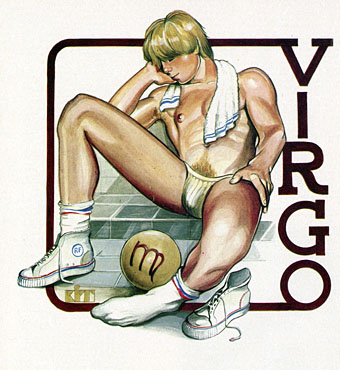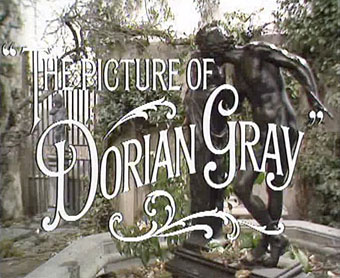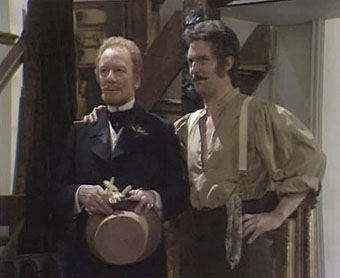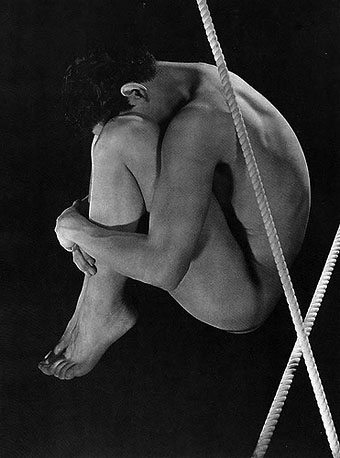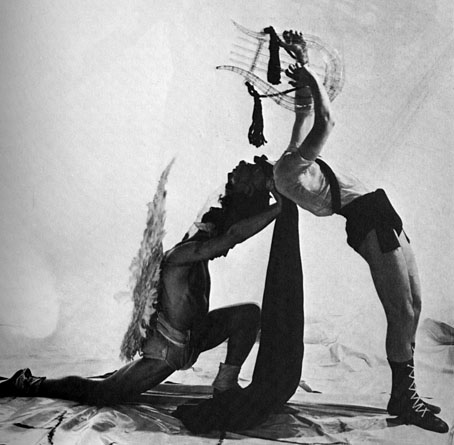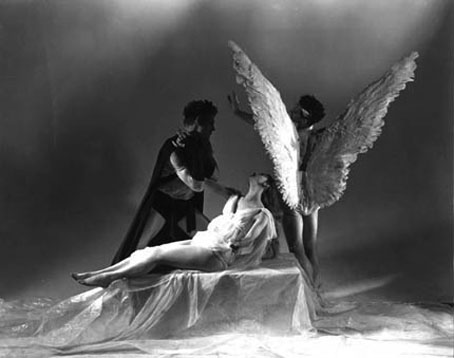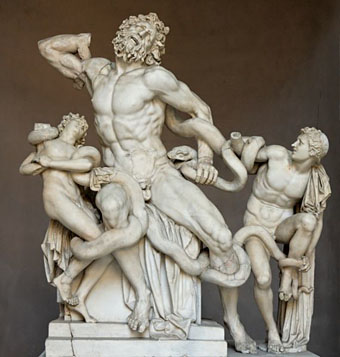
Baccant (1956) by George Quaintance.
Fizeek Art Quarterly was an American magazine of gay art and erotica which ran for 26 issues from 1961 to 1969. Artists included Tom of Finland and—as can be seen above—George Quaintance. The Fizeek Art Weblog continues the tradition of the magazine by posting extracts from old issues as well as more contemporary material (below) in a similar vein. “Vein” is perhaps an apt choice of description given the quantity of tumescent penises on display. Most of the images are quite gleefully hardcore (and often deliciously silly with it); as usual, if that’s not your thing then don’t look. Perfectly fine for the rest of us, however.
Virgo by Kit.
Elsewhere on { feuilleton }
• The gay artists archive
Previously on { feuilleton }
• Let’s get physical: Bruce of Los Angeles and Tom of Finland
• Philip Core and George Quaintance

